A Mixed-Flour Miche is a huge country loaf made with a stiff-texture levain and high-extraction flour. According to Jeffrey Hammelman, this bread is similar to the type of large, naturally fermented whole-grain loaves that were common on country tables for centuries throughout Europe. So when we eat this bread, we’re enjoying a bit of history. I like that!
In case you’re wondering, high-extraction flour is whole-wheat flour that is sifted to a partial whole wheat, a 90 to 95% extraction rate. You can buy high-extraction flour, or you can sift medium-to-coarse whole-wheat flour to obtain high-extraction flour. In this formula, Hammelman uses a flour that has an ash content of about .92 percent. The ash content is the amount of bran that remains when the wheat grains have been milled into flour.
I mill my own whole wheat flour so I decided to do an experiment to see if I could determine the percentage of extraction and get to 92% or something close. Now let me just say that I’m not a mathematician but I figured I could do this.
I measured 3.2 ounces (3/4 cup) of medium-grind Hard Red Spring Whole Wheat Flour and sifted it to determine how much of the bran/germ was removed. I ended up with 3.17 ounces of flour after sifting it once and 3.10 ounces after sifting it twice. I performed this experiment a few times and each time I got the same result. So I determined that if I use the same flour and sift it once, I end up with a .935% extraction and sifting it twice leaves a .914% extraction. I decided to go with the .914% extraction for this bread.
You can do this experiment even if you don’t mill your own grains. Just choose a hard red spring or winter wheat, or one with a bread flour gluten specification of 11.5 to 13 percent. Use a medium-to-coarse grind because the fine grind will pass right through the sieve. Run it through the sieve or sifter. The smaller particles of bran and germ will sift through, but the larger pieces will remain in the sieve. Refer to the above photo.
Another method is to blend half whole-wheat flour and half bread flour or you can even use all whole wheat for this bread.
I used the Mixed-Flour Miche formula from the Bread: A Baker’s Book of Techniques and Recipes by Jeffrey Hamelman
I didn’t change the formula so I’m not posting it, but you can find an adapted version here.
As I mentioned the loaf was huge. However, it fit perfectly in my La Cloche baker.
So I proofed it and baked it in the bell-shaped baker.
After the loaf has baked and cooled, you’re supposed to wrap it in baker’s linen and let it sit for at least 12 hours before slicing and eating.
I waited about 18 hours and then sliced it and tried it. It was chewy and very tangy. It reminded me of a typical chewy sourdough rye bread. Not exactly my cup of tea (or slice of bread rather), but I enjoyed making it.
This bread has good keeping qualities and it tastes better (to me) after a couple of days. It can keep for about a week at room temperature.
I had dinner with my friend from Eastern Europe the other night and I gave him a slice of this bread. He took one bite and his eyes lit up. He said, “Sourdough Rye. Oh! This is so good!” So I gave him the rest of the loaf. He was only too happy to receive it. That made me very happy. I knew there was a reason I made this bread.

Mellow Bakers was started by Paul at Yumarama. We’re baking breads from Bread: A Baker’s Book of Techniques and Recipes by Jeffrey Hamelman.
Happy Baking!
Cathy
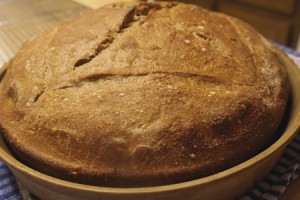
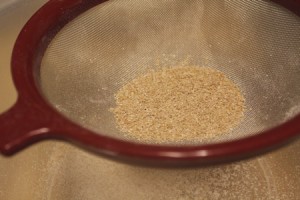
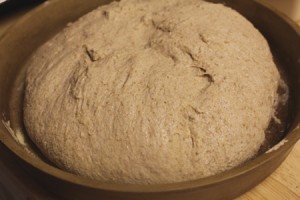
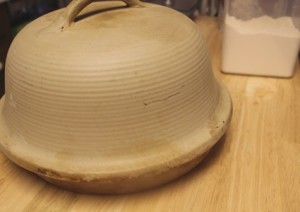
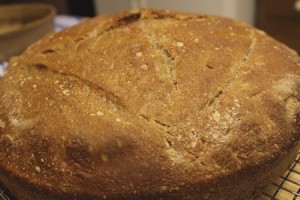
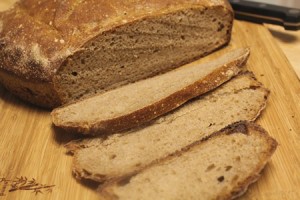
WeekendLoafer says
Looks ummy…